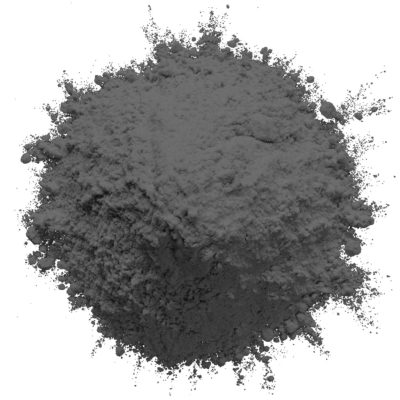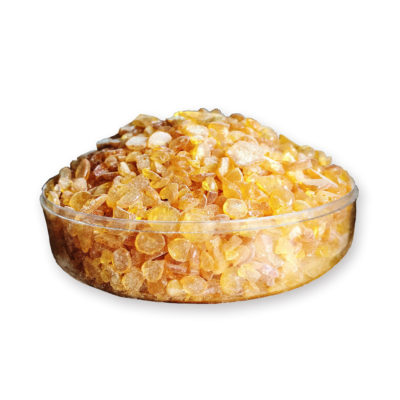Ever wondered how paints keep metal surfaces from rusting and corroding over time? Enter Copper Pyrithiones, tiny but mighty components that act as booster biocides in anti-corrosive paints. Let’s delve into the world of these microscopic protectors and discover why they play a vital role in keeping metals looking fresh and rust-free.
First and foremost, Copper Pyrithiones are like the guardians of metal surfaces. Their primary job is to inhibit the growth of unwanted microorganisms, such as bacteria and fungi, on the painted surface. These microorganisms might seem harmless, but they can lead to corrosion and degradation of the metal over time. Copper Pyrithiones act as powerful preservatives, ensuring the longevity of the painted metal.
Corrosion is the enemy, especially for metals exposed to the elements. Copper Pyrithiones act as booster biocides, enhancing the anti-corrosive properties of paints. They form a protective shield on the metal surface, preventing the corrosive effects of moisture, oxygen, and other environmental factors. This means that objects like bridges, pipelines, or even your outdoor furniture stay rust-free for a more extended period.
Copper Pyrithiones are versatile and can be incorporated into various types of anti-corrosive paints. Whether the paint is oil-based or water-based, these booster biocides seamlessly integrate, providing consistent protection across different formulations. This versatility makes Copper Pyrithiones a go-to choice for a wide range of applications.
The booster effect comes into play when Copper Pyrithiones are combined with other anti-corrosive agents in paints. It’s like teamwork against corrosion. While each component contributes to the overall protection, Copper Pyrithiones amplify the effectiveness, ensuring a more robust defence against the corrosive forces that metals face.
One of the remarkable aspects of Copper Pyrithiones is their ability to inhibit biofilm formation. Biofilms are slimy layers that can develop on surfaces in contact with water. In the case of metals, these biofilms can contribute to corrosion. Copper Pyrithiones disrupt the formation of biofilms, maintaining the integrity of the painted surface and preventing corrosion from taking hold.
When it comes to environmentally friendly choices, Copper Pyrithiones align with responsible manufacturing practices. They are biodegradable and comply with environmental regulations. This means that while they are potent protectors, they also prioritize the health of ecosystems when it comes to disposal and long-term environmental impact.
Copper Pyrithiones contribute to the overall performance of anti-corrosive paints by preventing microbial-induced corrosion (MIC). MIC is a phenomenon where microorganisms accelerate the corrosion of metals. By acting as booster biocides, Copper Pyrithiones help combat MIC, ensuring that the painted surfaces remain structurally sound and visually appealing.
Compatibility is a key feature of Copper Pyrithiones. They work well with various paint additives and formulations, making them easy to integrate into the paint manufacturing process. Paint manufacturers appreciate this compatibility as it simplifies the production of high-quality anti-corrosive paints.
Moreover, Copper Pyrithiones offer a cost-effective solution for long-term corrosion protection. While the initial investment in high-quality anti-corrosive paints might be slightly higher, the extended lifespan of the painted surfaces and the reduced need for maintenance or recoating make Copper Pyrithiones a smart and economical choice.
In summary, Copper Pyrithiones as booster biocides in anti-corrosive paints play a pivotal role in protecting metal surfaces from the harmful effects of corrosion. They inhibit the growth of microorganisms and enhance the overall anti-corrosive properties of paints.








Leave a Reply